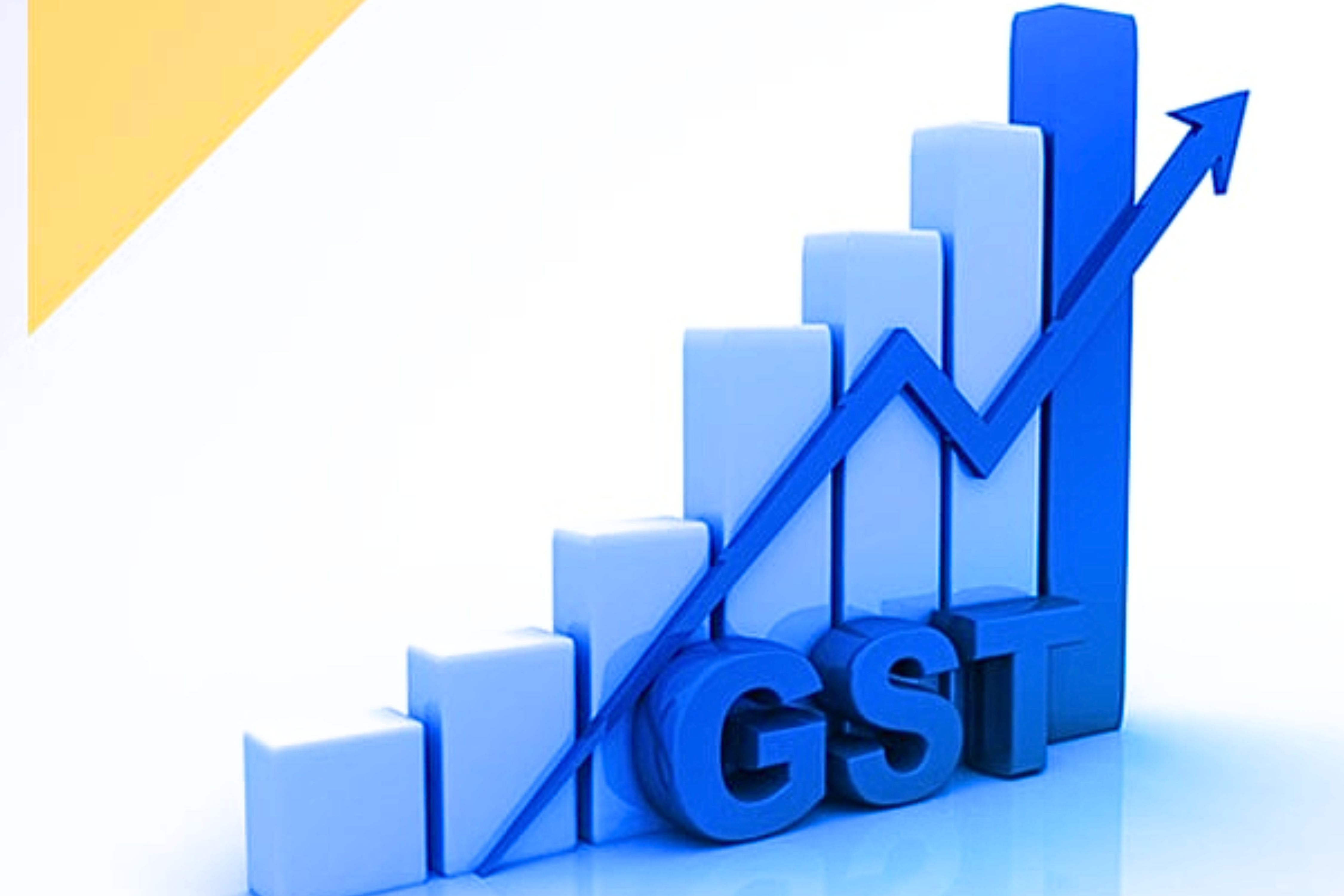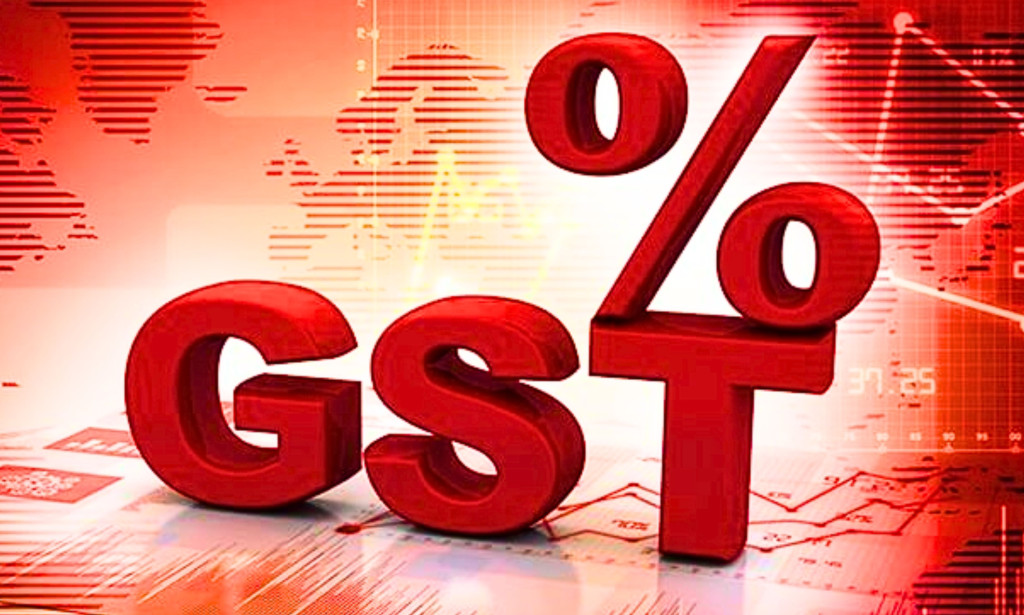India's Goods and Services Tax (GST) revenues were up by 4.6% year-on-year in October 2025 to ₹1.96 lakh crore, based on the official data released by the Finance Ministry. In spite of the recent tax-rate reductions in various categories, the figures show that consumption and compliance have remained stable. Nevertheless, experts warn that the gradual slowing of the underlying growth momentum is indicative of the risks that are going to emerge in the coming months.

Steady Consumption Despite Tax Cuts
The small increment in GST recoveries is recorded while the government has slashed tax rates for more than 375 items, including consumer durables, kitchen essentials, and automobiles. This means that household spending was strong enough to make up for the lower tax rates.
Analysts are of the opinion that the festive season has been a major factor for the revival of the business activities with shoppers returning to stores after the deferments in September. Quite a number of consumers delayed their purchases just before the tax rate changes, thereby creating a demand explosion when the new rates were implemented. Consequently, the rise in GST inflows should be taken as a temporary increase propelled by festival sales and traders' restocking.
Slowest Growth in FY 2025
The rise in October is definitely a positive signal, but it still marked the slowest growth pace of FY 2025. In fact, the GST revenues of September increased by about 9% and those of August by 6.5%. The slowdown is not only a matter of base effect but also a result of the increase in GST refunds, which were up by nearly 40% year-on-year. Net GST revenue calculated after refunds was close to ₹1.69 lakh crore, just a little better than the same month last year.
Moreover, economists argue that the main reason behind the slower growth was a lower effective tax rate per transaction resulting from the Council's rate cuts on September 22. Thus, even though consumption was stable, the total tax yield per sale decreased.
Experts Warn of Emerging Risks
Industry experts are still positive but on cautious grounds. They believe that October's figures are a confirmation of the robustness of India's domestic demand but at the same time, they point to possible headwinds such as high inflation, slow global trade, and declining manufacturing activity. Should consumer confidence take a dip after the festive season, GST revenues might stay flat in the next few months.
Outlook
The collections in November and December will provide a clear picture of how long this momentum can be sustained. Strengthening compliance and keeping a close watch on economic indicators will be the focus of policymakers.


You must be logged in to post a comment.